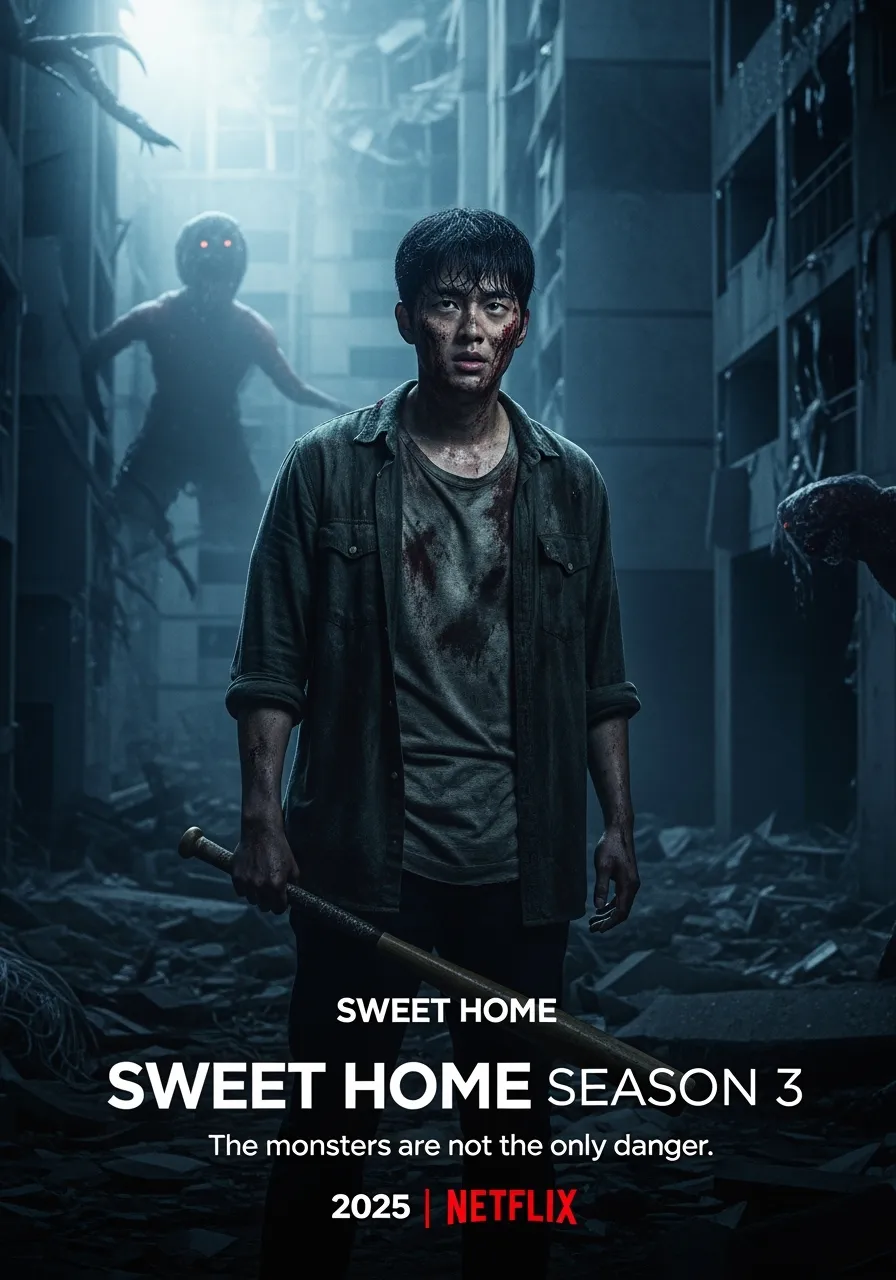When CBS announced it was rebooting MacGyver, the challenge was steep: how do you modernize one of television’s most beloved problem-solvers — a man who disarmed bombs with chewing gum and duct tape — without losing the charm and cleverness that made the original a cultural touchstone?
Over five seasons, MacGyver (2016–2021) walked that line — with mixed results. It brought a sleeker, faster, team-driven version of the DIY spy, led by a younger, tech-savvier Angus “Mac” MacGyver, played by Lucas Till. And while it may not always capture the gritty charm of the '80s original, it offers a lighthearted, accessible entry point into the world of espionage, science, and improvisation.
🔍 Premise: The Phoenix Foundation Returns
The show follows Angus “Mac” MacGyver, a secret agent working for a covert U.S. government organization called the Phoenix Foundation. With a genius-level intellect, a background in engineering, and a strict no-guns policy, MacGyver uses scientific knowledge and ordinary household objects to creatively defuse threats around the world.
He’s supported by a loyal team:
-
Jack Dalton (George Eads), his best friend and muscle — the heart and humor of early seasons.
-
Riley Davis (Tristin Mays), a gifted hacker with a rebellious edge.
-
Wilt Bozer (Justin Hires), Mac’s roommate-turned-agent, who adds levity and heart.
-
Matty Webber (Meredith Eaton), the no-nonsense operations director with a secret past.
-
Later additions like Desi (Levy Tran) expand the tactical side of the team, especially after Jack’s departure.
Each episode presents a mission-of-the-week format — stopping terrorists, rescuing hostages, chasing stolen tech — but always with a MacGyver twist: no gunfights unless absolutely necessary, and always a clever workaround using physics, chemistry, and brainpower.
🧠 Tone & Structure: Mission Impossible Meets MythBusters
MacGyver is built on the idea that science is cool and violence isn’t always the answer. In that sense, it’s a rare procedural that values creativity over firepower.
Each episode starts with a life-or-death situation, a time limit, and an impossible problem — until Mac pauses, assesses the room, and disassembles a toaster or car engine to build a makeshift defibrillator or EMP device. These moments are punctuated with freeze-frame graphics and narrated breakdowns of the improvised tech — almost like scientific tutorials mid-action.
While the series leans into network TV polish — bright lighting, clean-cut heroes, tight 42-minute pacing — it never forgets that at its core, MacGyver is a celebration of intelligence, empathy, and problem-solving under pressure.

🎭 Performance & Character Arcs
Lucas Till brings a grounded, sincere presence to MacGyver. Unlike the cocky rogues of other spy series, Mac is earnest, selfless, and emotionally open. Over the seasons, we see him battle personal loss, confront family secrets (including his relationship with his long-lost father), and develop romantic ties that never feel forced.
George Eads (Jack Dalton) was a standout early on — providing comic relief, emotional ballast, and a brotherly chemistry with Mac that gave the show real heart. His exit in Season 3 left a noticeable gap, though new characters like Desi helped keep the team dynamic fresh.
Tristin Mays as Riley offered one of the strongest female hacker roles on TV — tough, sharp, with a layered emotional arc involving family, redemption, and leadership.
The supporting cast evolves, with later seasons digging into serialized arcs involving mysterious organizations, biotech warfare, and Mac’s inner conflict about the line between saving and destroying.

🧨 Strengths & Appeal
-
Creative problem-solving is front and center: Few shows make you excited to learn about magnets and pulleys.
-
Positive moral code: MacGyver is non-lethal, emotionally aware, and values collaboration.
-
Diverse team dynamics: Each member gets growth, humor, and loyalty arcs.
-
Global scope: Missions take place in every corner of the world — even if many were filmed in Atlanta backlots.
-
Accessibility for all ages: While intense at times, the show keeps violence minimal and tone optimistic — great for younger viewers, STEM enthusiasts, or anyone who misses old-school network adventure shows.
❌ Criticism & Shortcomings
-
Formulaic pacing: While entertaining, episodes can feel repetitive — especially in early seasons.
-
Lightweight villains: Aside from a few recurring antagonists, the show rarely delivers iconic threats.
-
CGI & tech logic: Sometimes the “science” stretches credibility — a risk when you solve problems with chewing gum and battery acid.
-
Departure of Jack Dalton: The emotional core of Mac’s early arc was shaken when George Eads left, and while the series recovered, it was never quite the same.
🎯 Legacy: Not Just a Reboot, but a Rebuild
MacGyver (2016–2021) may never eclipse the original’s pop culture legacy, but it does something equally important: it brings the spirit of MacGyver to a new generation. In a TV landscape often defined by cynicism or ultra-violence, MacGyver dares to say that intelligence, kindness, and invention are still heroic.

It ran for 5 seasons, 94 episodes — a rare feat for a reboot — and leaves behind a fanbase that embraced its modern charm, its commitment to positivity, and its celebration of smarts over bullets.
⭐ Final Rating: 7.8/10
A feel-good action series where science saves the day, and heart leads the way.
#MacGyverCBS #LucasTill #MacGyverReboot #STEMHero #NoGunsJustGenius #TVActionSeries #PhoenixFoundation #DIYSpy #TeamMacGyver #SciActionShow
-1749471302-q80.webp)
-1748427036-q80.webp)
-1747716802-q80.webp)
-1740282288-q80.webp)
